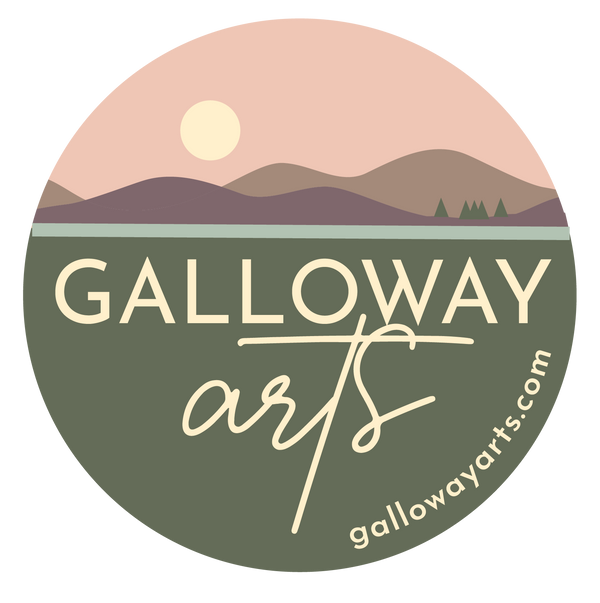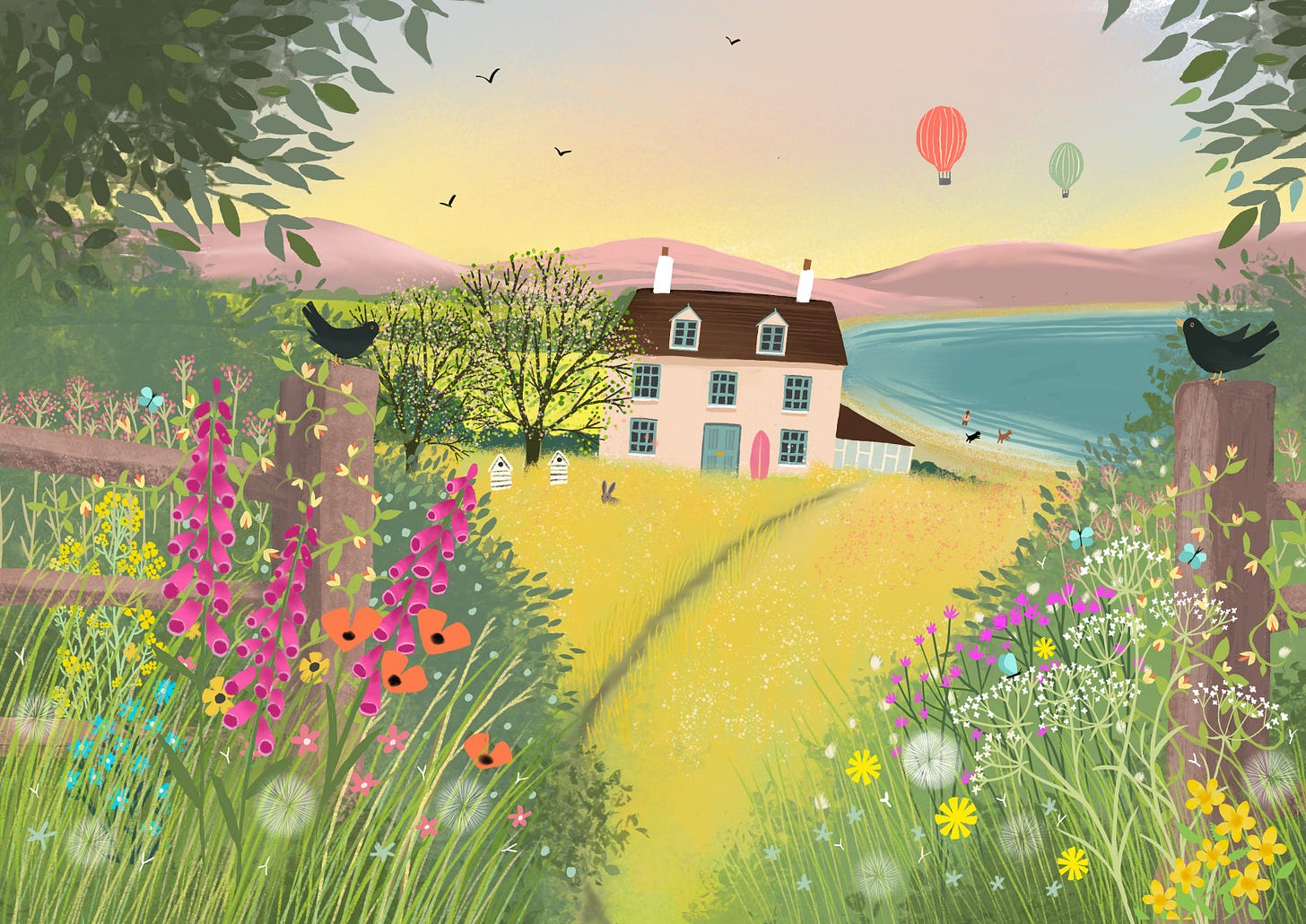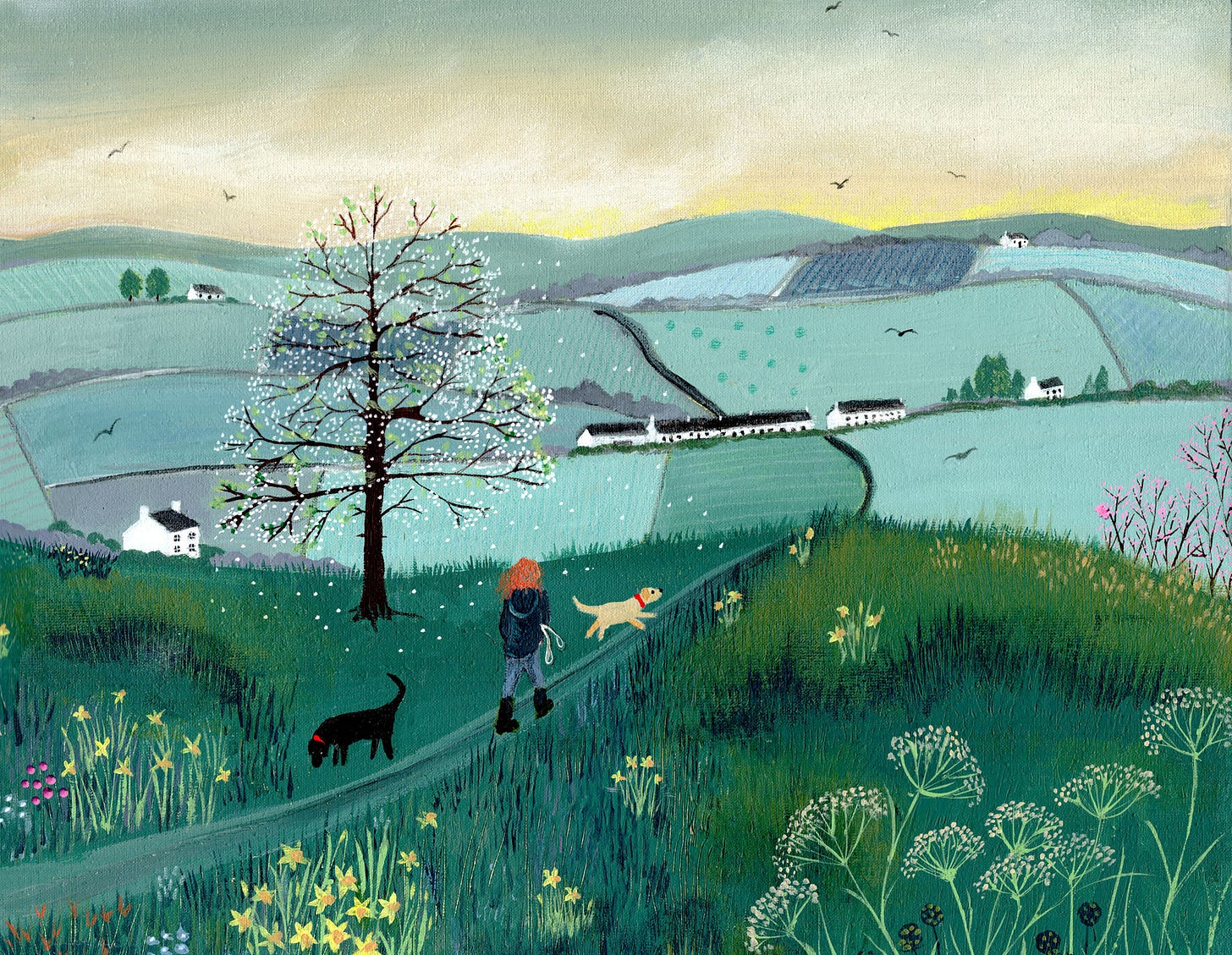
Understanding the difference between digital art and ai art ... and why it matters
I am writing this piece to educate on the difference between digital art and Ai generated art. As a digital artist it can often be frustrating when people confuse the two and think my art is Ai generated. It’s not! As much time, effort and creativity goes into creating a piece of digital art as it does for art in more traditional mediums. It just uses different tools.
The first image below ‘The Pink House’ is digitally created art which I painted in Procreate, the second ‘Early Start’ is a painting I did in acrylics on canvas board… can you really tell the difference? And if you’re buying a print, which most people do then it’s even harder to tell.
So here goes… these are the differences.
In recent years the creation of art has evolved far beyond traditional methods like oil painting or watercolour. Two major forms of art—digital art and AI-created art—have emerged as forces challenging our definitions of creativity, authorship, and originality. While both forms are rooted in technology, they are fundamentally different in their creation processes.
Digital art refers to art created using digital tools such as software, drawing tablets, and computer programs. Artists work directly with technology to create pieces, employing their personal skills and imagination to guide the creative process. Tools like Adobe Photoshop and Procreate, serve as extensions of the artist's hand and are in essence just another tool like brushes, canvas and paint.
Digital art is almost entirely dependent on the artist's vision, skills, and creative decisions. I love creating art digitally – it gives me the opportunity to easily try new ideas and styles and has no restrictions on where I can create art. (I once did a commission on a long journey on the motorway – I was of course the passenger not the driver!)
In contrast, AI-created art is produced by systems that use algorithms and machine learning models to generate images, music, and other forms of creative output. AI tools produce art that uses the style and ideas to mimic existing artistic techniques, but its originality is often debated, as is the ethical use of original works to learn without assigning copyright or paying royalties.
Digital art is guided entirely by the human artist - we decide the subject matter, composition, and style. AI-created art, however, shifts much of this control to algorithms, where creativity often lies in the user’s prompt and the AI's interpretation of it.
Digital artists must learn their craft through practice and mastery of tools over time. AI art doesn't require the same artistic skill; users simply interact with the software to generate results, relying on the AI’s built-in capabilities.
Digital art is an authentic expression of the artist. AI-created art, while visually impressive, often pulls from existing databases, raising questions about originality and whether AI can truly create rather than reinterpret.
So why does it matter?
If it comes down to buying a piece of art you like to put on your wall, then it really doesn’t matter a jot it doesn’t matter at all as long as it makes you happy.
However, AI art raises ethical questions about originality, intellectual property, and plagiarism. Since AI systems often train on existing artworks, questions arise about whether they infringe on the rights of original creators and whether artists should in some way be compensated for this. The Ai companies quote ‘fair use’ as their excuse for dismissing this argument but the truth is it’s too complicated for them to work out how to identify and compensate every creative in the world.
However, Ai generated art can potentially disrupt industries, as companies may opt for AI-driven content over hiring human artists. This shift could undermine the livelihood of artists and devalue human creativity. But if ultimately this happens where will Ai continue to learn and grow from?


